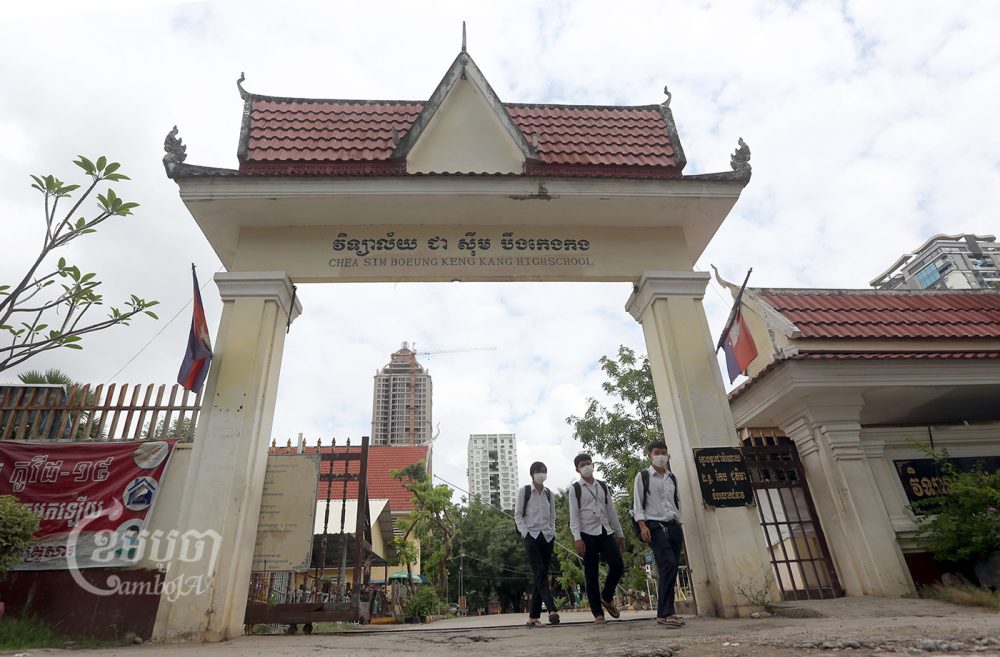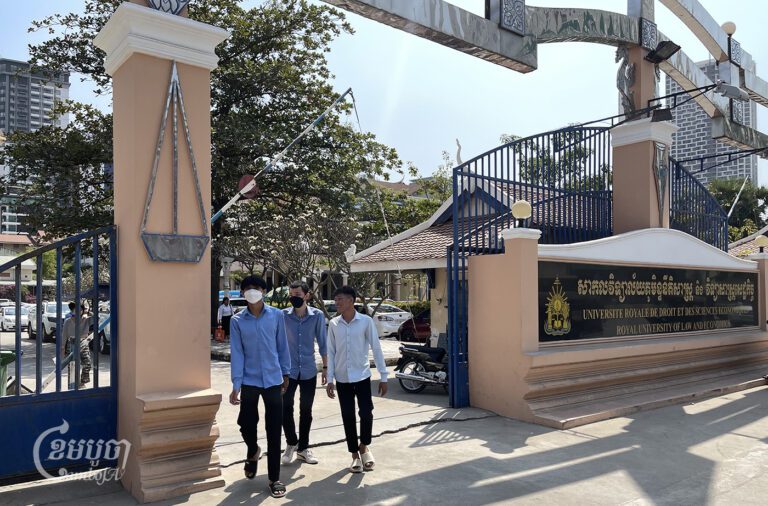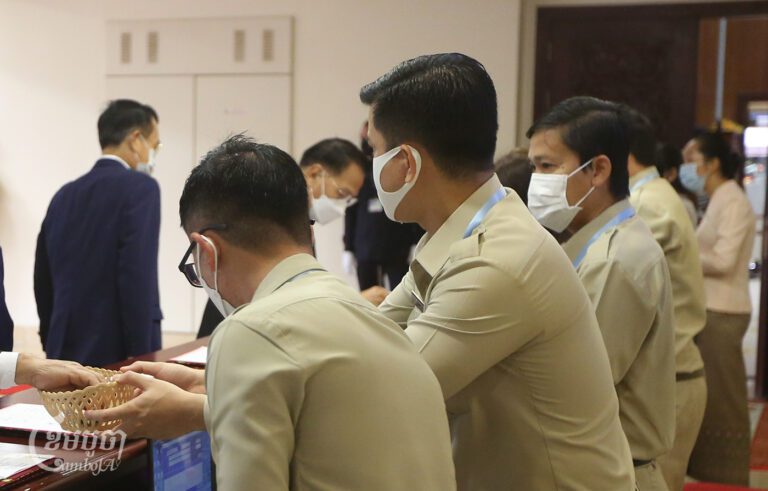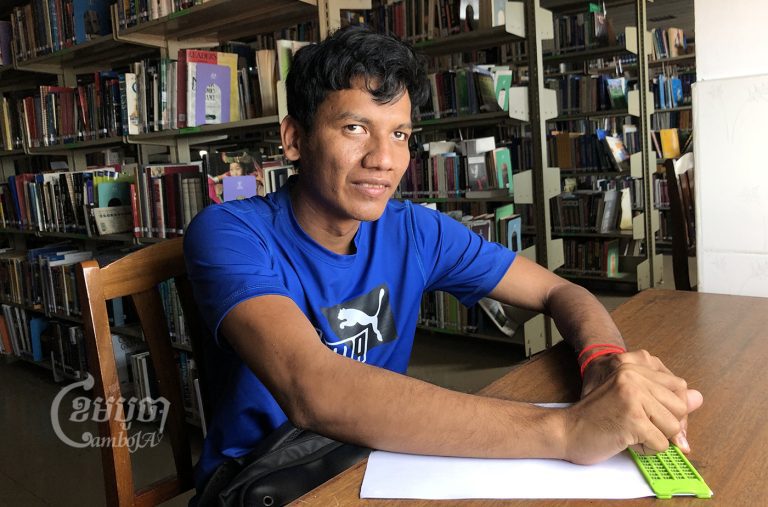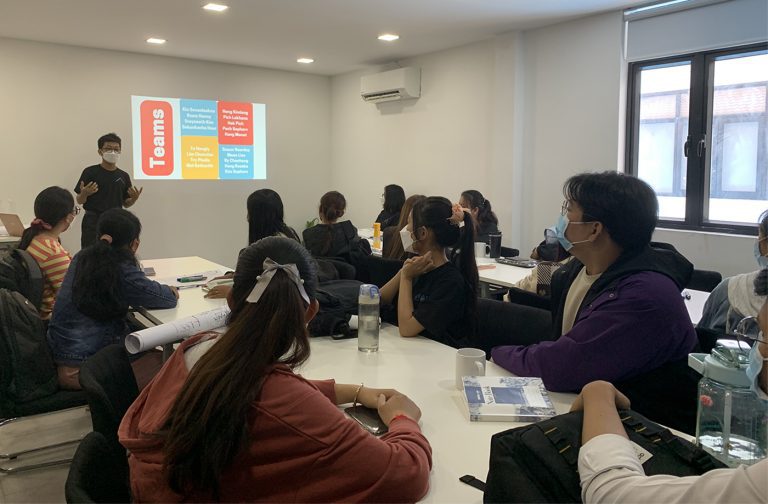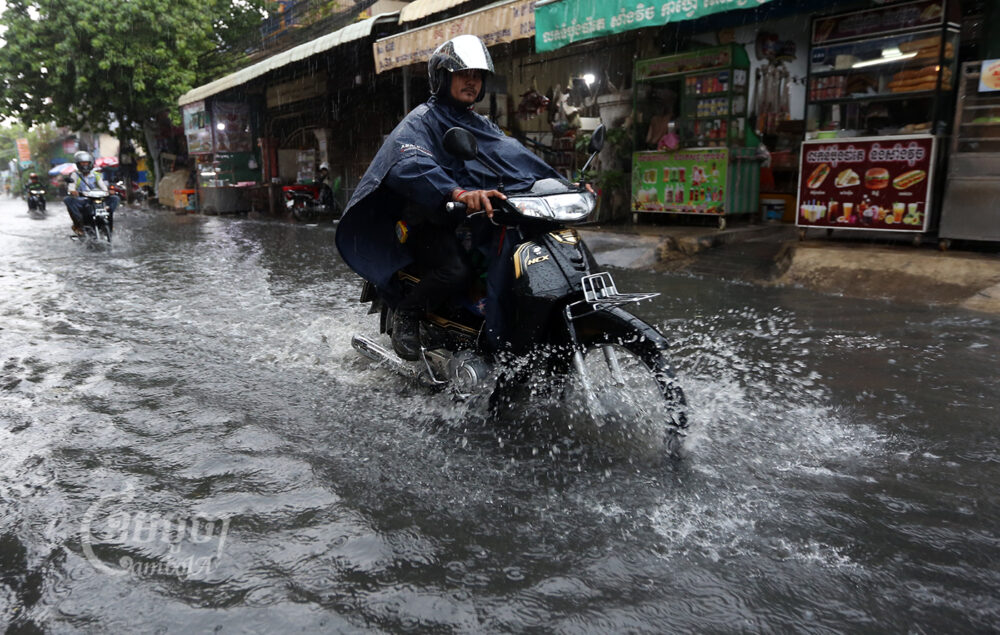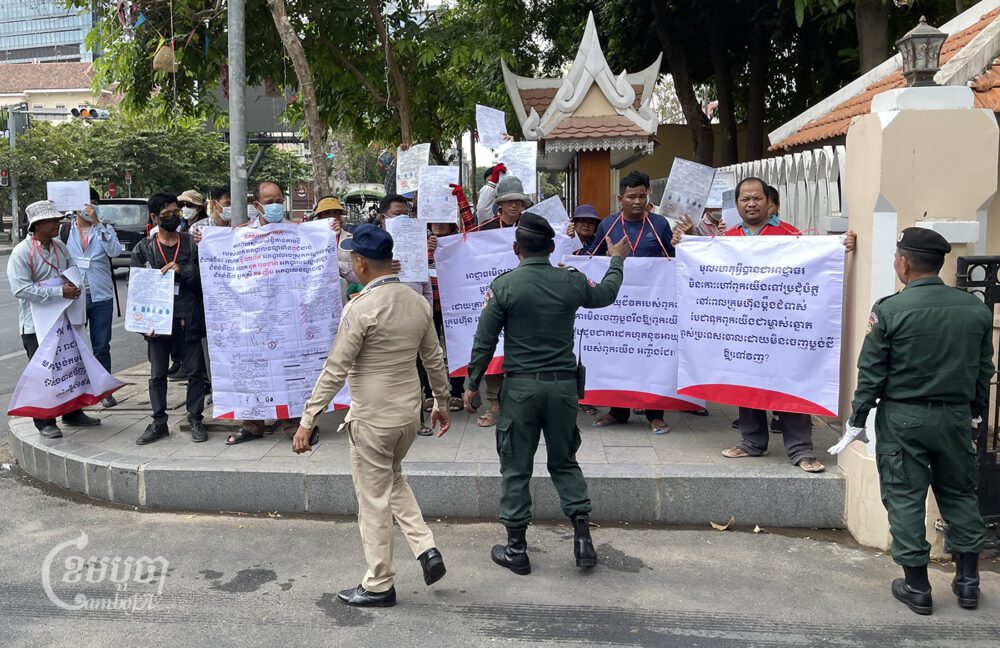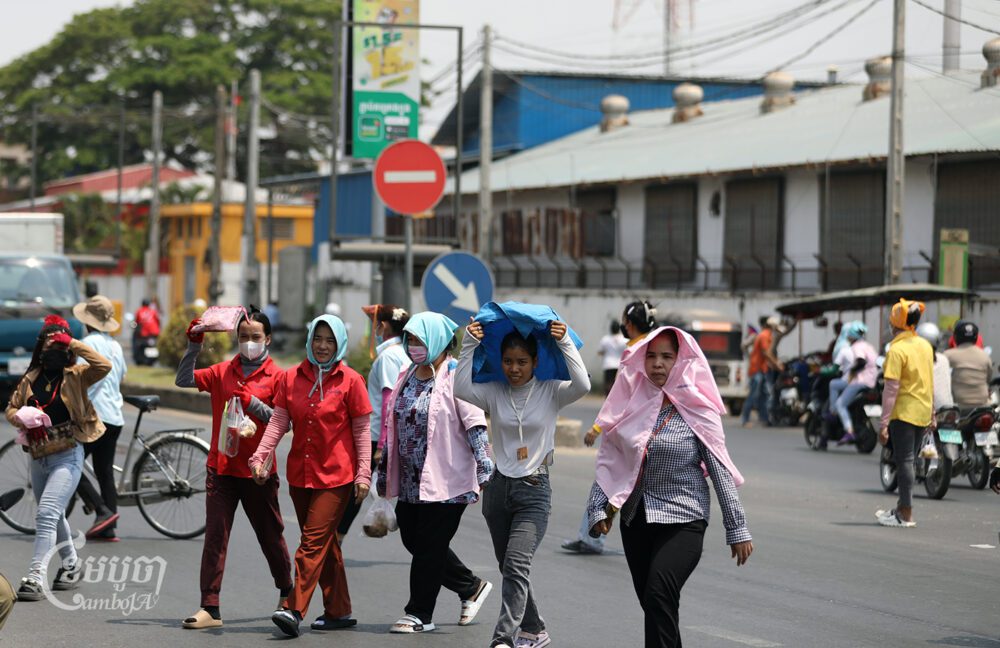Rochom Sokha, 19, decided to drop out of school last year when he was in grade eight. Now, he is farming with his family in his hometown to help support them, as his four younger siblings are still in school.
Sokha, the second child in his family, is originally from the Jarai minority and lives in the Bakeo district of Ratanakiri province. He is one of many young Cambodians who have been forced to drop out of school due to financial difficulties.
‘’I decided to leave school last year even before COVID-19 was hitting hard because I did not have a motorcycle for traveling back and forth,,” he said. ‘’I was studying hard and I put a lot of effort in hopes of a better future. But sadly, it was disrupted because of financial issues.”
In a global report on boys’ disengagement from education published this month, UNESCO found that even though girls encounter more difficulties in accessing education and make up the majority of out-of-school children at the primary level, boys face more challenges at later stages of education.
Danny Padilla, Chief of Education at UNESCO Cambodia, told CamboJA that increasingly, more boys than girls are leaving lower secondary education early in Cambodia. Despite significant progress in primary school enrollments and completions in Cambodia, secondary schools have yet to see the same rate of participation.
‘’Compared to adolescent girls, adolescent boys between the ages of 14 and 18 have higher expectations placed on them to work. Primarily, the main reason is economic factors. However, other factors are also there,” he said. ‘’Furthermore, adolescent boys have higher pay and more work opportunities available to them.”
Padilla said this is because heavy, unskilled work requiring travel, or night shifts, is deemed appropriate only for boys and men. ‘’We must put gender equality at the center of all educational programs and policy planning. It is important to include boys in all policy planning.”
He said Cambodia needs to ensure that all policies and programs track boys’ progress as much as girls’, and that boys’ needs are also considered. According to the Ministry of Education’s public education statistics and indicators of 2020-2021, he said that approximately 16.9 percent of female students at the lower secondary level drop out of school, while the rate of male dropouts is over 19 percent.
To address this persistent issue, UNESCO, in collaboration with the Ministry of Education and Labor Ministry, has initiated the Basic Education Equivalency Programme (BEEP) to provide flexible alternative online education to out-of-school youths – to help them complete the equivalent of grade nine education.
‘’The program supports dropouts to complete their basic education through online courses in ways that will not affect their ability to work, and it offers a certificate that enables graduated learners to enroll in skills training either at TVET institutes or Technical High Schools,” Padilla said.
Ros Soveacha, the Ministry of Education’s spokesperson, told CamboJA that the BEEP program has been a positive collaboration between different ministries, institutions and stakeholders to improve the quality of education for target students.
He said that in 2019, the Ministry of Education, Youth and Sports, the Ministry of Labor and Vocational Training, and UNESCO cooperated to implement the BEEP program in 13 learning centers: six schools in Siem Reap, six schools in Phnom Penh, and one school in Battambang. Another eight learning centers were added in 2020.
‘’We expect to have 35 learning centers by 2023 in Phnom Penh and other 14 provinces,” he said.


